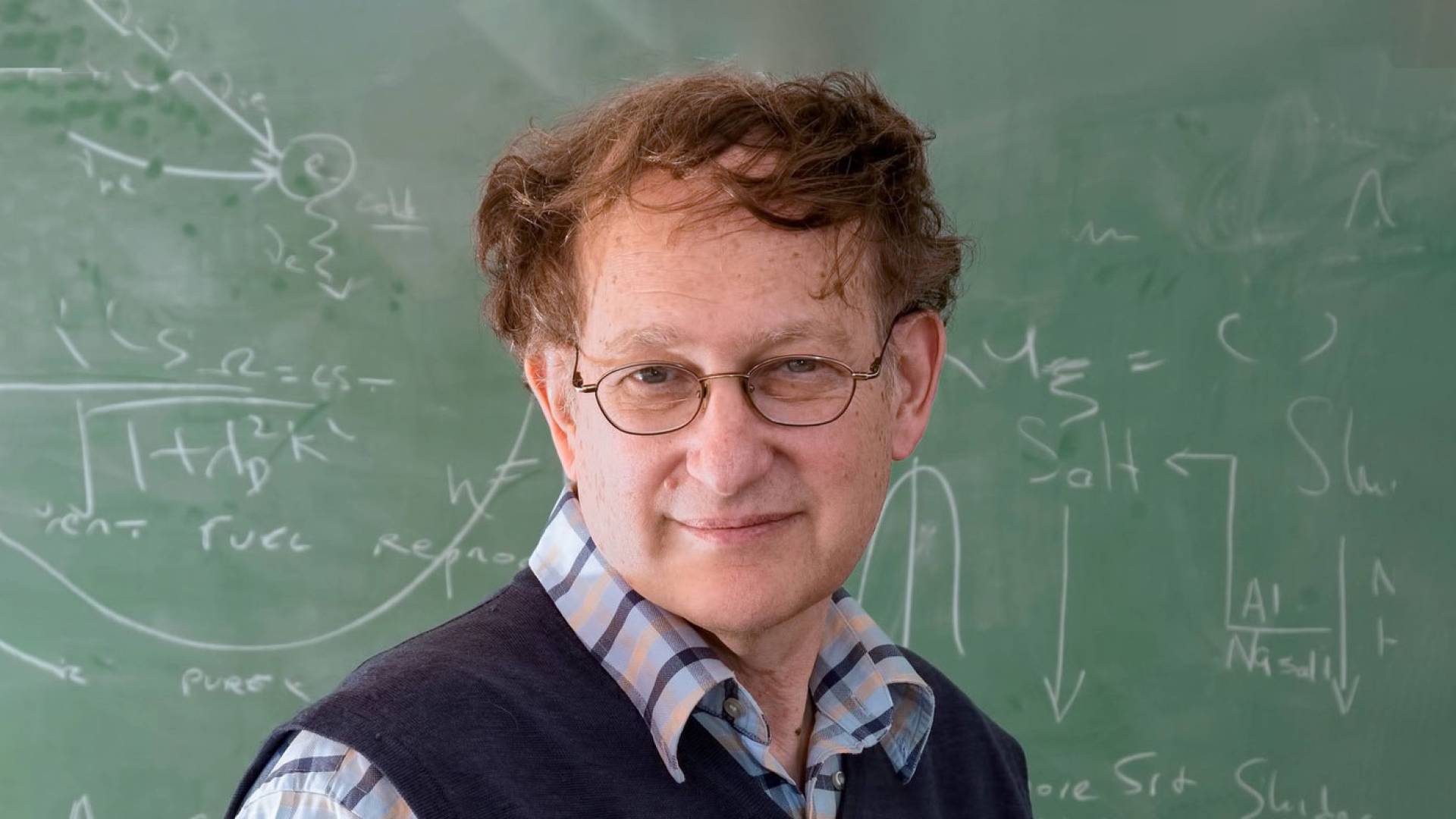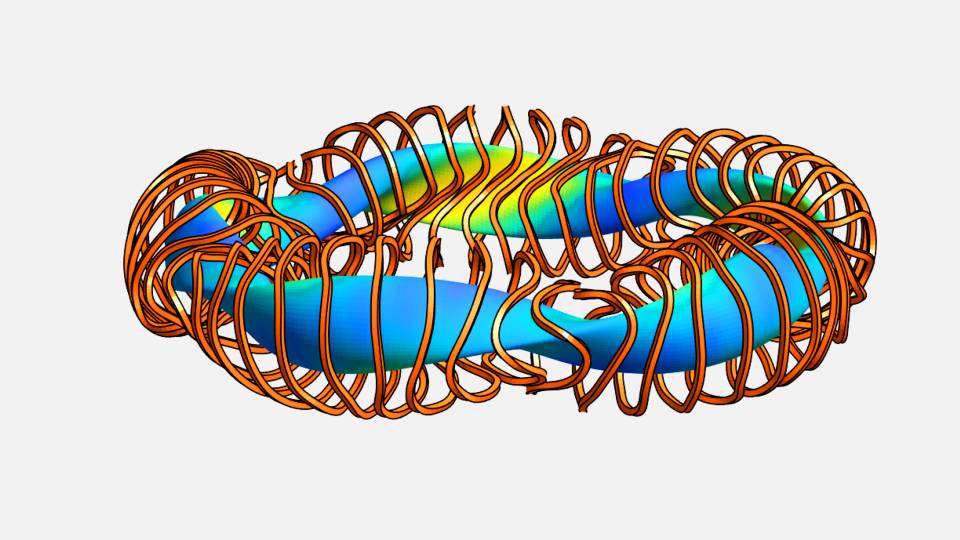Nat Fisch
To mark the 40th anniversary of the U.S. Department of Energy’s Office of Science, which supports basic science at universities, the DOE has compiled 40 research highlights from the past 40 years, including several Nobel Prize-winning results.
Their highlight from 1978 features the work of Nathaniel “Nat” Fisch in “confining a tokamak’s plasma.” Fisch is a professor of astrophysical sciences, director of the Program in Plasma Physics and associate director for academic affairs at the Princeton Plasma Physics Laboratory.
The key to confining plasma — a hot ionized gas that is the fourth state of matter — is insulating the surrounding walls. In donut-shaped tokamaks, electrical currents can hold the plasma within a helical magnetic field, but prior to Fisch’s work, those currents could be sustained only briefly.
In his landmark paper in the journal Physical Review Letters, Fisch proposed using continuous toroidal electron currents by injecting waves with net parallel momentum into the plasma via phased waveguide arrays, to allow continuous, steady-state tokamak operation. His approach is still used in test reactors today.
“The proposal was purely theoretical,” said Fisch. “It was exciting because it overturned notions on how much power it would take to sustain those currents. What was important was that some brave experimentalists, both at MIT and at Princeton, set out to confirm those ideas on large experiments. Without those efforts, theoretical ideas such as what I offered could easily have been forgotten.”




